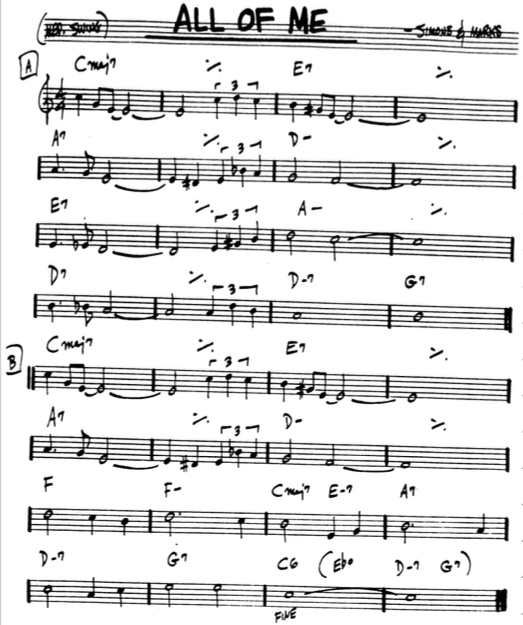

If the chord is G-7, as a jazz arranger, you need to decide how to play a G-7 to produce a nice sophisticated jazzy sound. Here is an important point that you need to understand with regards to chord extensions: Hope this helps, the new site also gives you guidance on how to practice each lesson. It should be finished in 24-48 hours… I will know more later today once I have spoken with the tech guys. The new website has all lessons organised into courses like this and it will give students a clear series of progression through the material. I have copied the 2 beginner courses for you below. I hope that helps Jean and enjoy the lessons!

You might like to start with the lesson on So What Chords here: Īnd definitely check out this lesson on “Harmonising Step Wise Melody Lines” where I explain this concept in more detail – – in particular check out chapter 5 “reharmonisation” where I apply this exact concept of harmonising a melody line with So What Chords. Yes these ideas of further explained and developed in upcoming lessons and courses…

We can actually do this with any type of voicing and it’s one of the creative freedoms we have as jazz musicians. it sounds good, because we are moving the exact same chord shape/type around the keyboard, which adds an element of consistency in the sound created, even though the chords/harmony is unrelated from a 251 standpoint. It might sound a little complicated to understand right now, but it’s actually quite simple once you understand the reasoning behind it, and why it works. I am taking the melody note, and building a So What chord underneath each melody note. Yes this is a very useful reharmonisation technique that I use a lot in my jazz piano playing. This is a good thing because it means you are exposing yourself to more complicated topics. Don’t worry if something in the lesson does not make sense.

We apply some of the basic theory: major 251s, chord extensions and we touch upon chord alterations. This is because you are given a lot of creative freedom to interpret (or completely change!) the melody, chords, voicings, phrasing etc… If you are coming from a classical background, learning to interpret lead sheets will be an initial challenge. The chord symbols are notated above the stave to indicate what chord should be played. Unlike classical piano notation, lead sheets usually just contain one stave of music containing the melody. It’s a great tune for beginners because the form is short and there are a number of major 251 progressions for applying basic jazz theory. This lesson provides an introduction on how to read lead sheets for jazz piano. The first jazz standard lesson in the PianoGroove course is Miles Davis’ ‘Tune Up’.


 0 kommentar(er)
0 kommentar(er)
